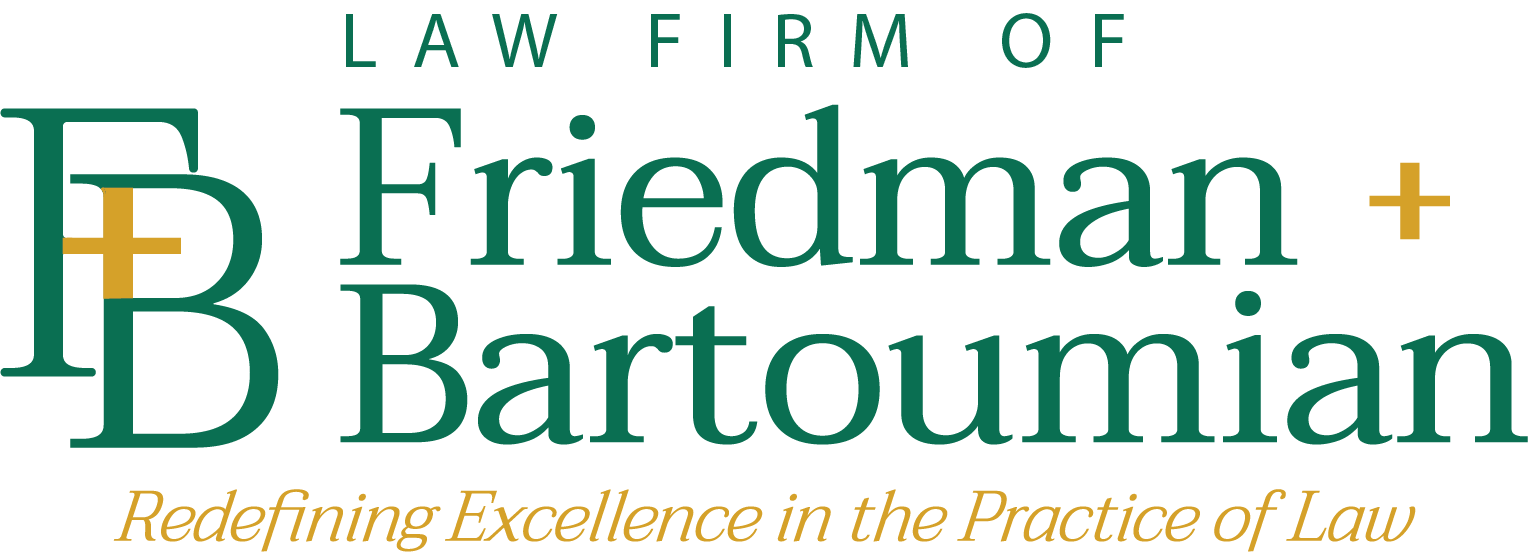
Everyone familiar with the handling of insurance claims is likely aware of the common practice that claims within an office are sometimes transferred from one adjuster to another. Sometimes claims are even transferred from one claim administrator to another. When a transfer occurs, it is said that the adjuster who receives a file is “inheriting a claim.”
When a file is inherited the first question the newly assigned adjuster should investigate is why the file was transferred in the first place.The next step, if possible, is to discuss the case with the prior adjuster. All too often the prior adjuster will provide useful information not found in file notes, as not everything is documented in writing, yet this information is important and should be passed on to the newly assigned adjuster. Afterwards the adjuster should begin reviewing the inherited file but should do so in a methodical manner. The purpose of today’s blog is to explain the process of conducting an initial review of an inherited file.
A methodical review of an inherited file consists of 5 phases. The adjuster should review the following items, preferably in the order listed:
- The injured worker: Identify the name, age, sex, address, date of hire, date of injury. Does the worker have any other open claims in the office?
- Injury: Determine if the injury admitted, disputed, a combination of both, or under investigation, along with the decision date. Review all QME and AME reports. Identify the PTP. Are any nurses assigned?
- Disability status: Is or was TD or PD paid and at what rate? Next payment due date? Did EDD pay benefits, and if so, for what dates? Review payment logs.
- Litigation: Is the claim in litigation? If so, what is the ADJ number and venue? Identify all attorneys and their clients, including co-defendants and lien claimants. Any penalty issues pending either against the claims administrator or employer? Any PD ratings and percentages. Are there any prior orders or awards? Is the case on or off-calendar at the board? If on-calendar, for what purpose? Check EAMS to determine if there are any prior or concurrent litigated cases on file.
- Other activity: Is any other activity occurring, such as subrogation, credit, fraud investigation, etc., and the status of each? Review reserves and adjust if necessary.
Upon completion of the file review, it is time for certain contacts to be made. An additional discussion with the prior adjuster may be necessary. Introductory contact with the defense attorney and employer would also be in order. It would also be a good idea to advise the injured worker, applicant attorney and physicians of the new adjuster’s identity and involvement in the case going forward. The claims rep is now ready to go.
Of course, should the newly assigned adjuster discover a claim needs legal representation, please consider retaining the Law Firm of Friedman + Bartoumian as your partner in defense.


 To the Rescue! A 60-Second Seminar in Workers’ Compensation Claims Handling
To the Rescue! A 60-Second Seminar in Workers’ Compensation Claims Handling
Leave a Reply